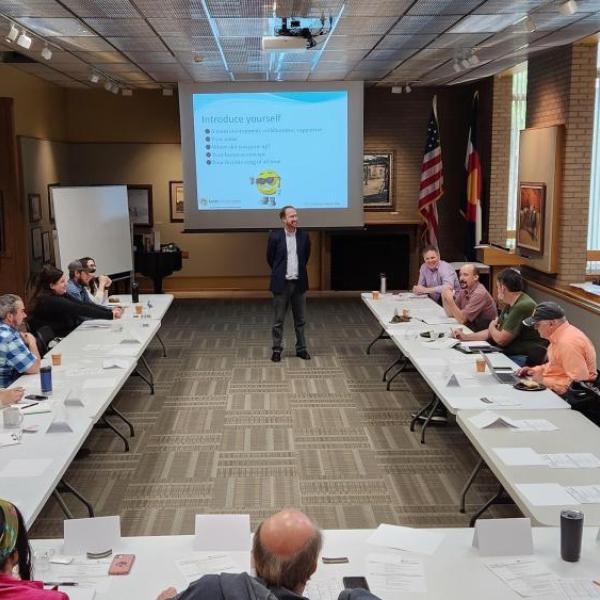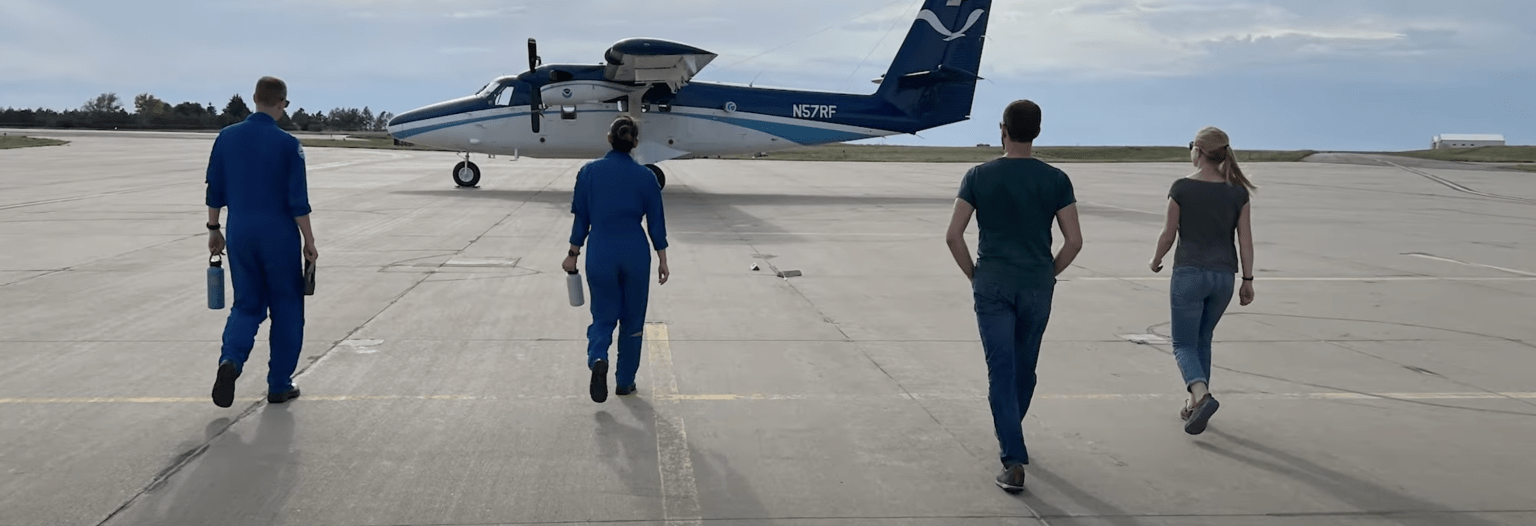
Dear Latrice,
We also love...
Daniel | Durango, CO
That’s why we’re improving fire forecasting to save them.
Campus Location

Using aircraft and mobile ground units, the team captured unprecedented data on fire intensity, wind patterns, and smoke plumes. A key discovery was high ozone levels in wildfire smoke, even when sunlight—a critical factor for ozone formation—was primarily blocked. This finding challenges current understanding and offers new avenues for improving air quality models.
CalFiDE’s insights are already enhancing fire forecasting, helping first responders better predict wildfire spread and intensity. “This data is invaluable,” said CIRES scientist Brian Carroll. “It’s improving our understanding of wildfires and making models more reliable for real-world use.”
As CalFiDE closes knowledge gaps, it enables smarter, safer wildfire responses and brings science to the flames to help communities better prepare for wildfires.

